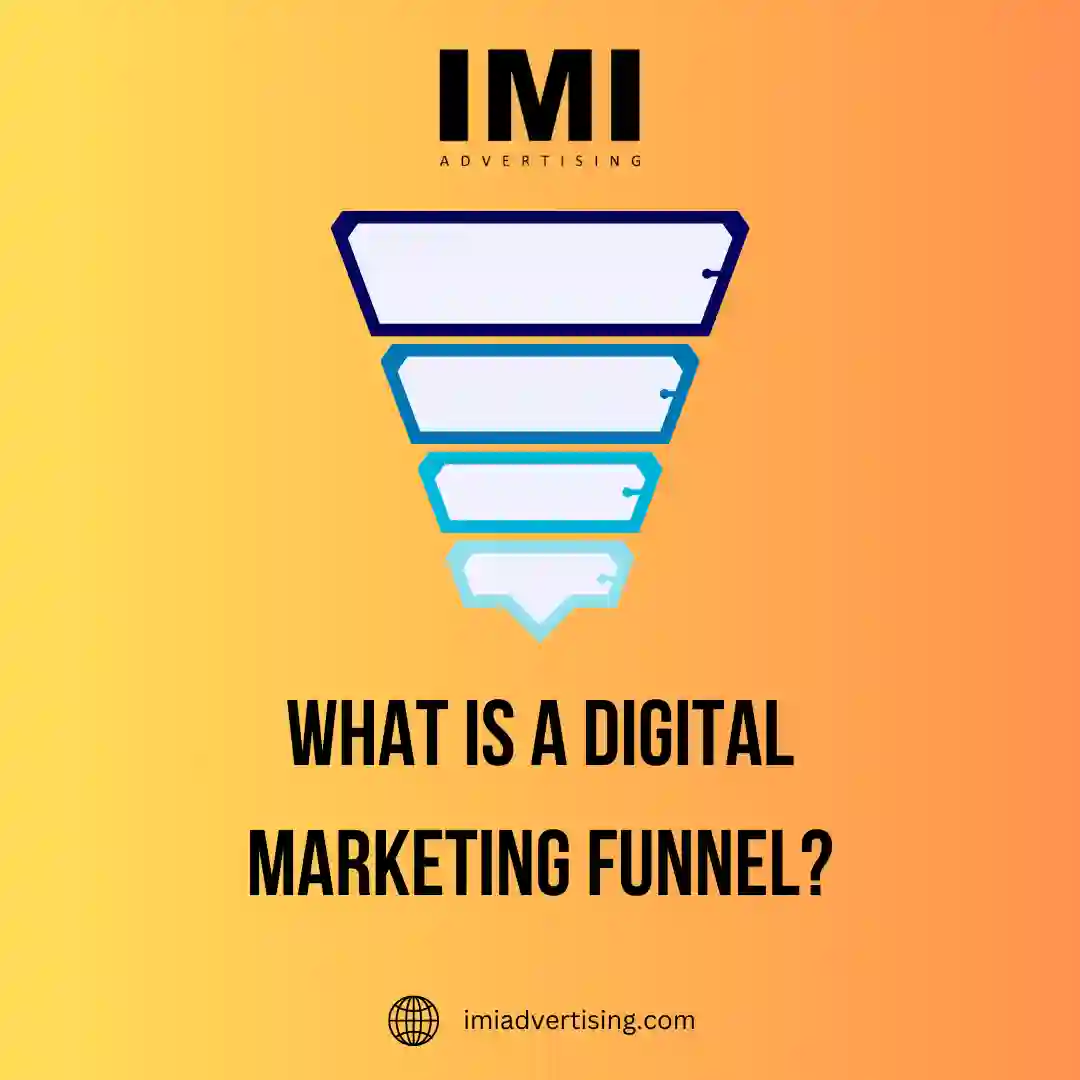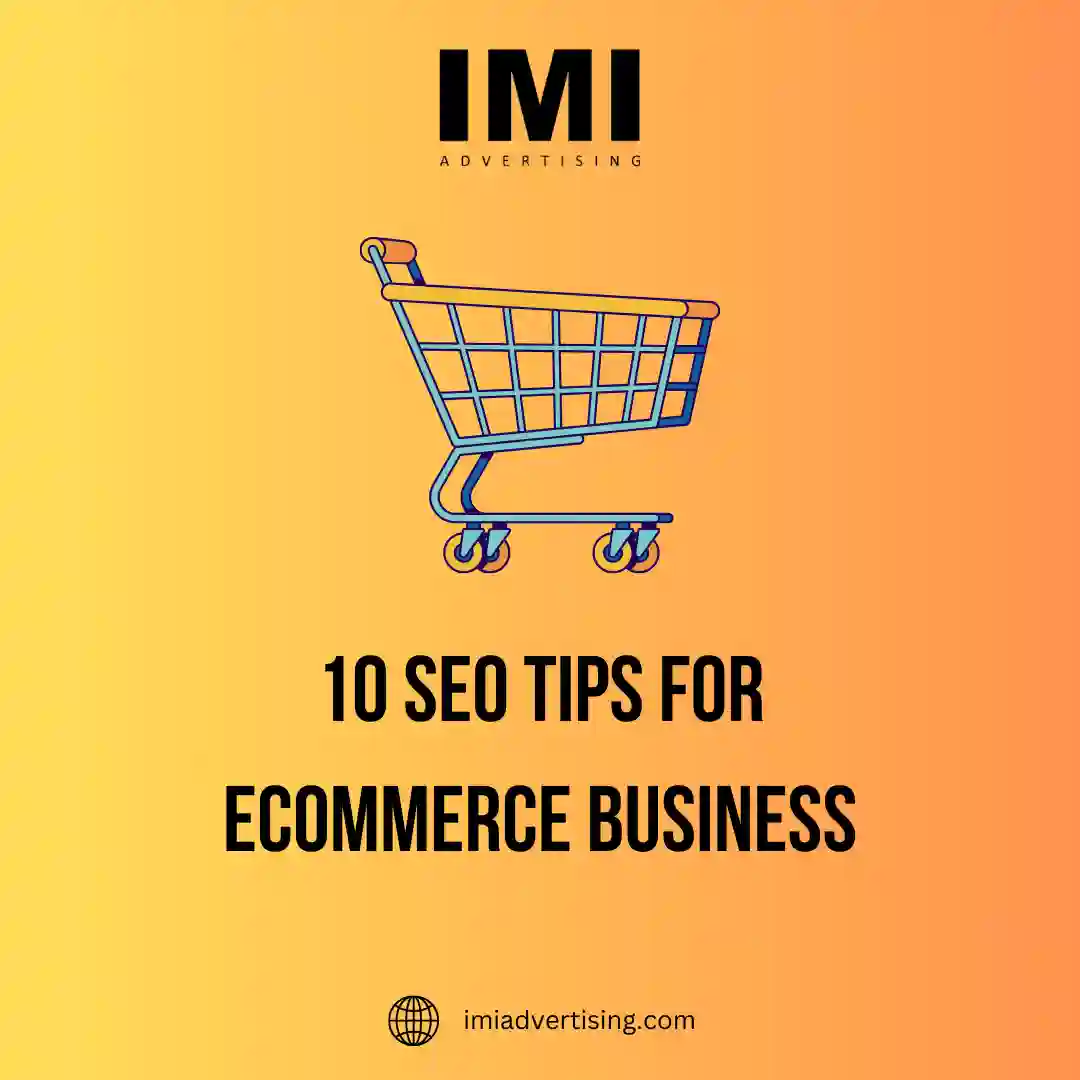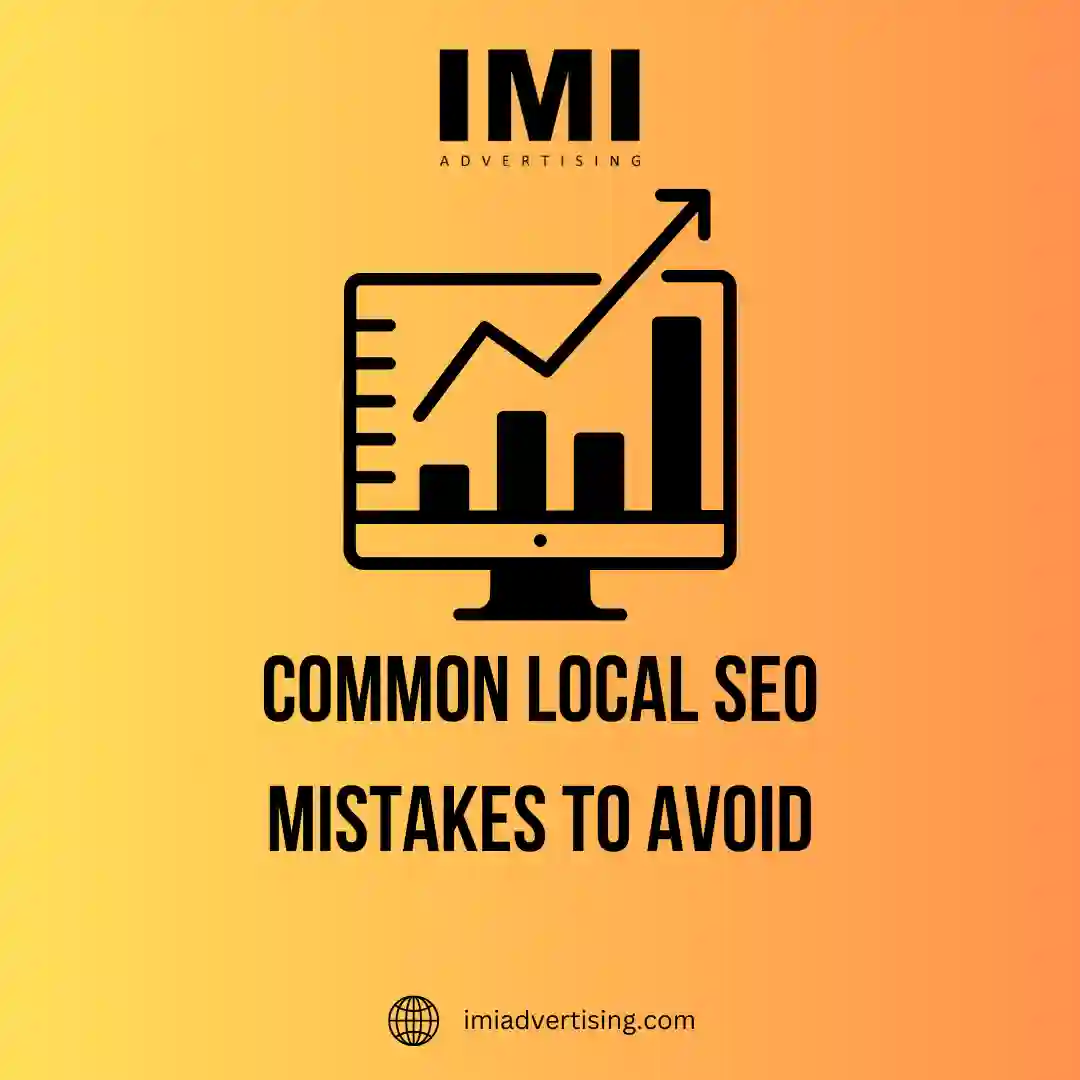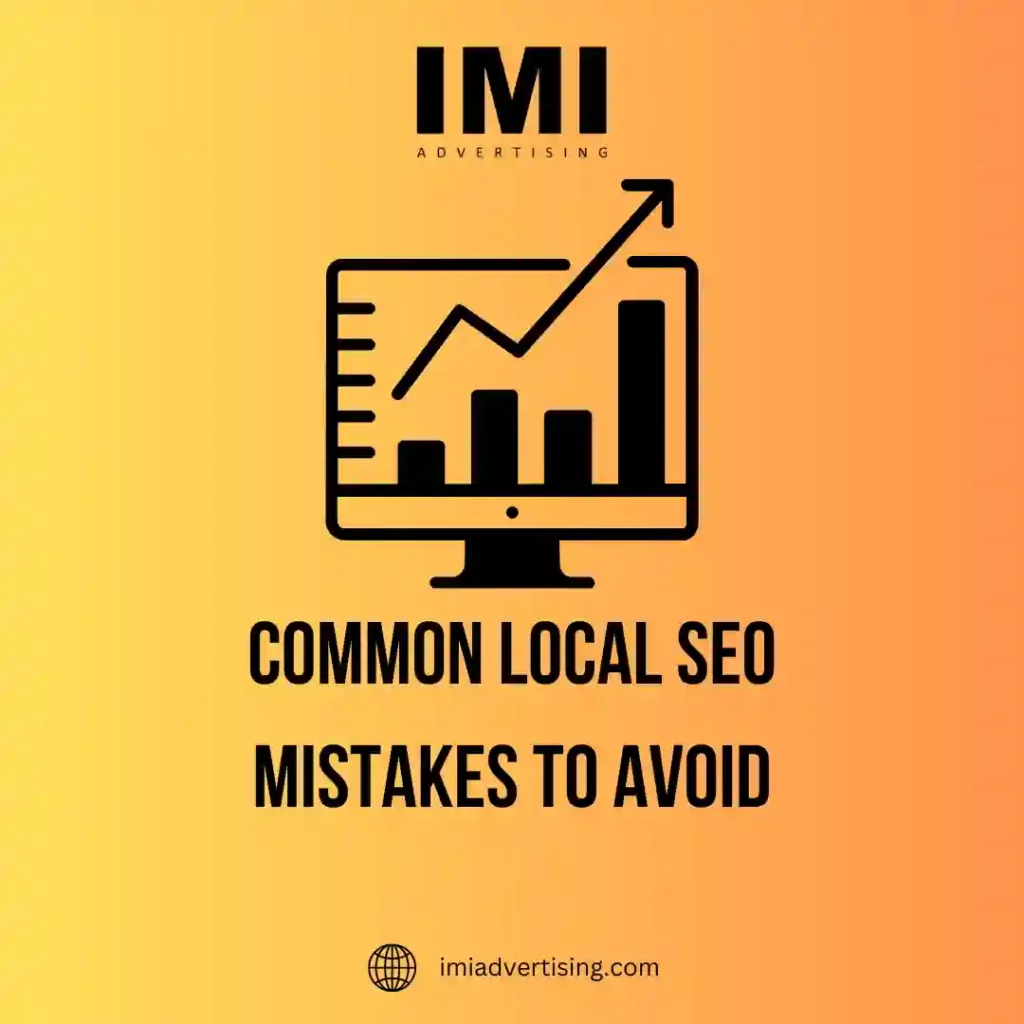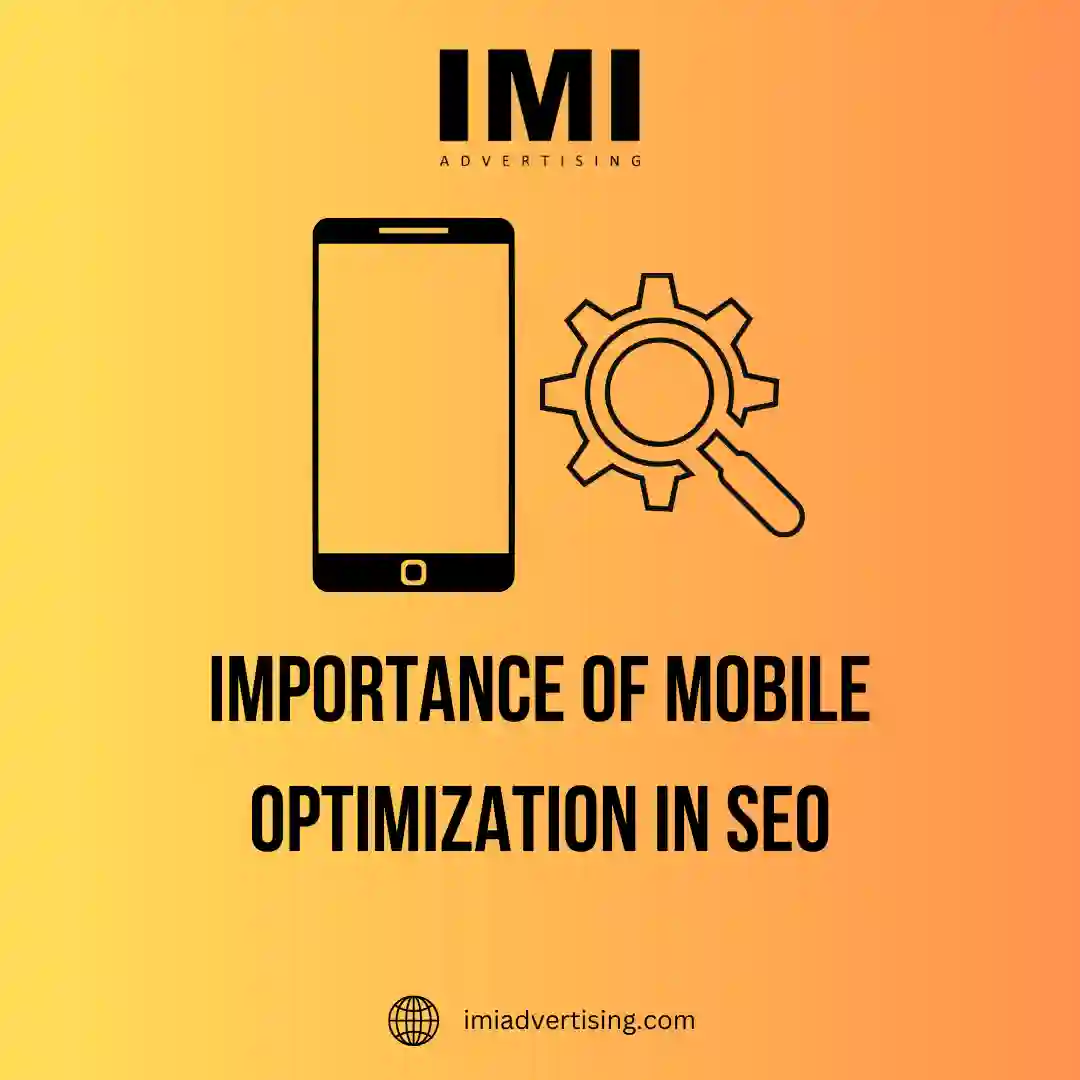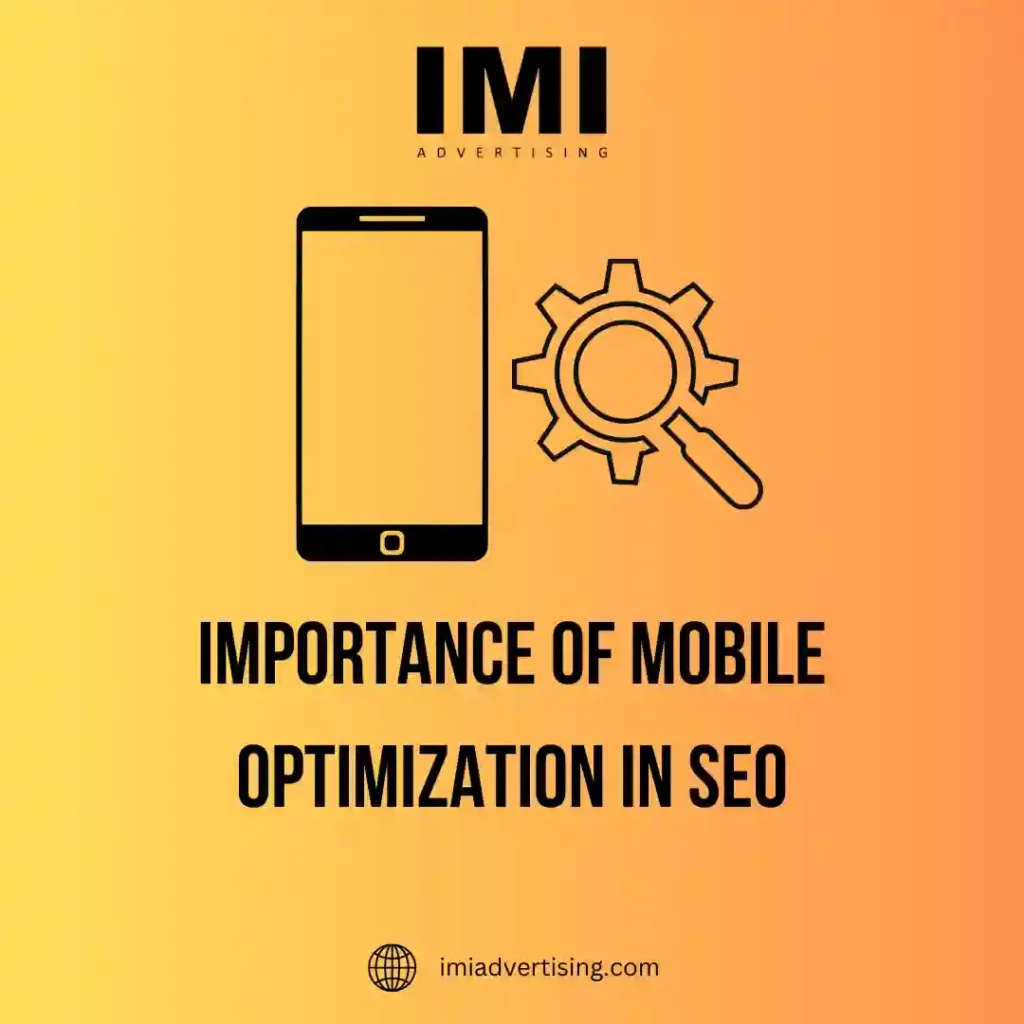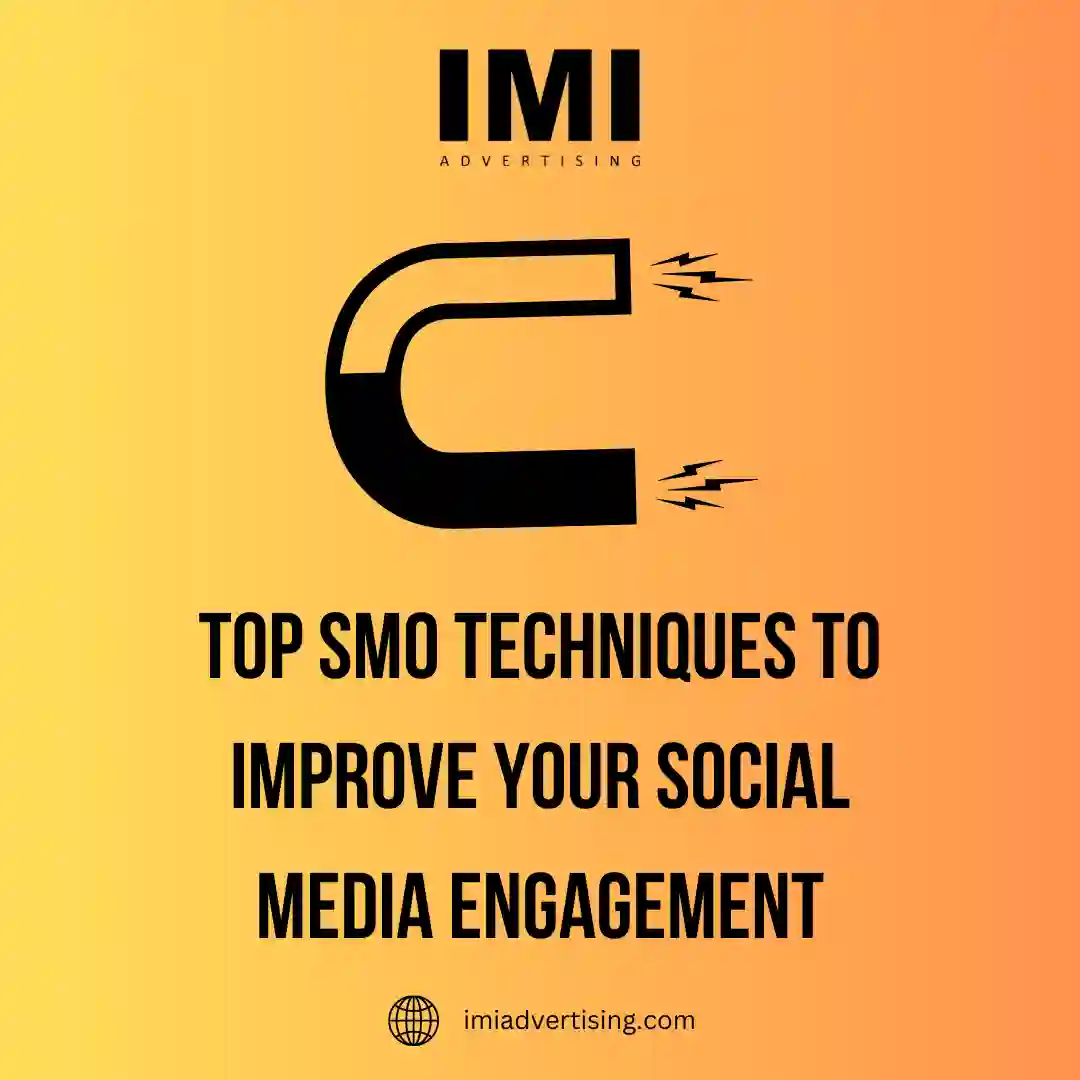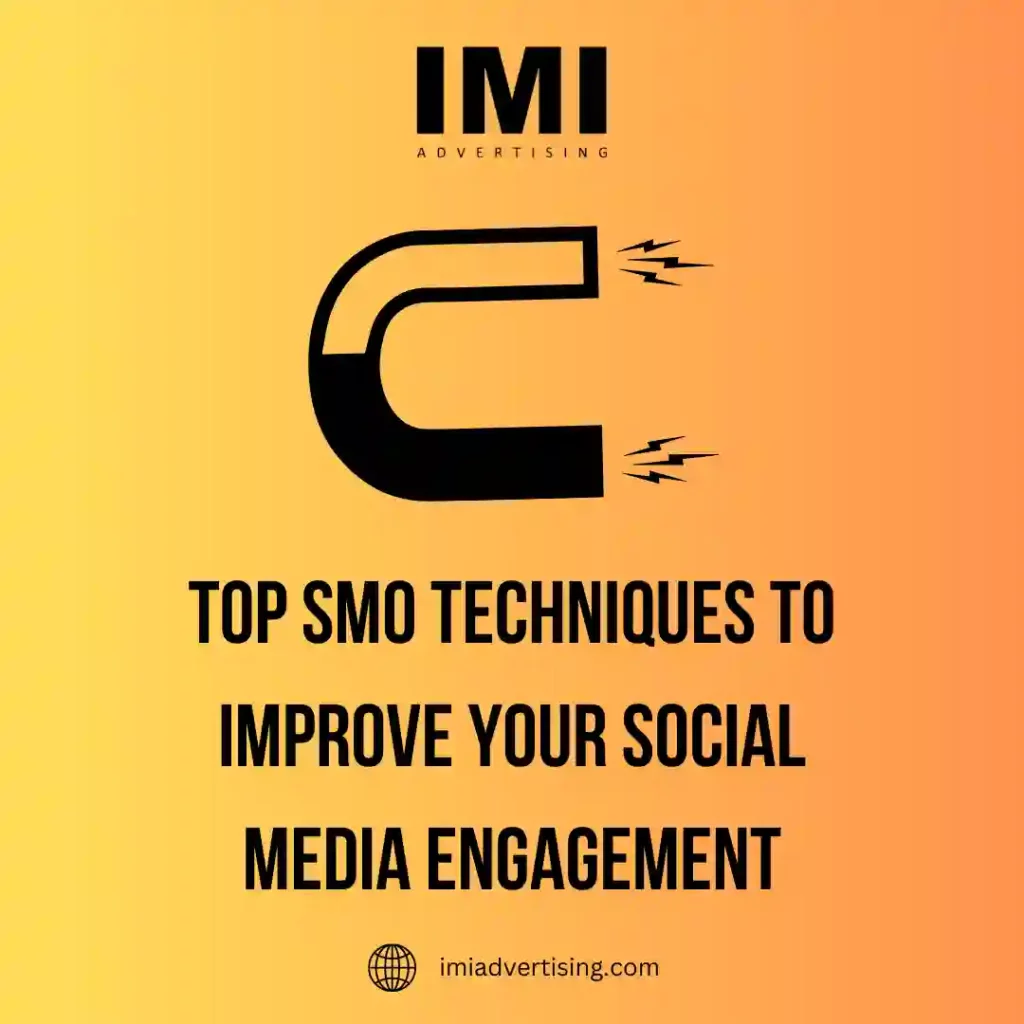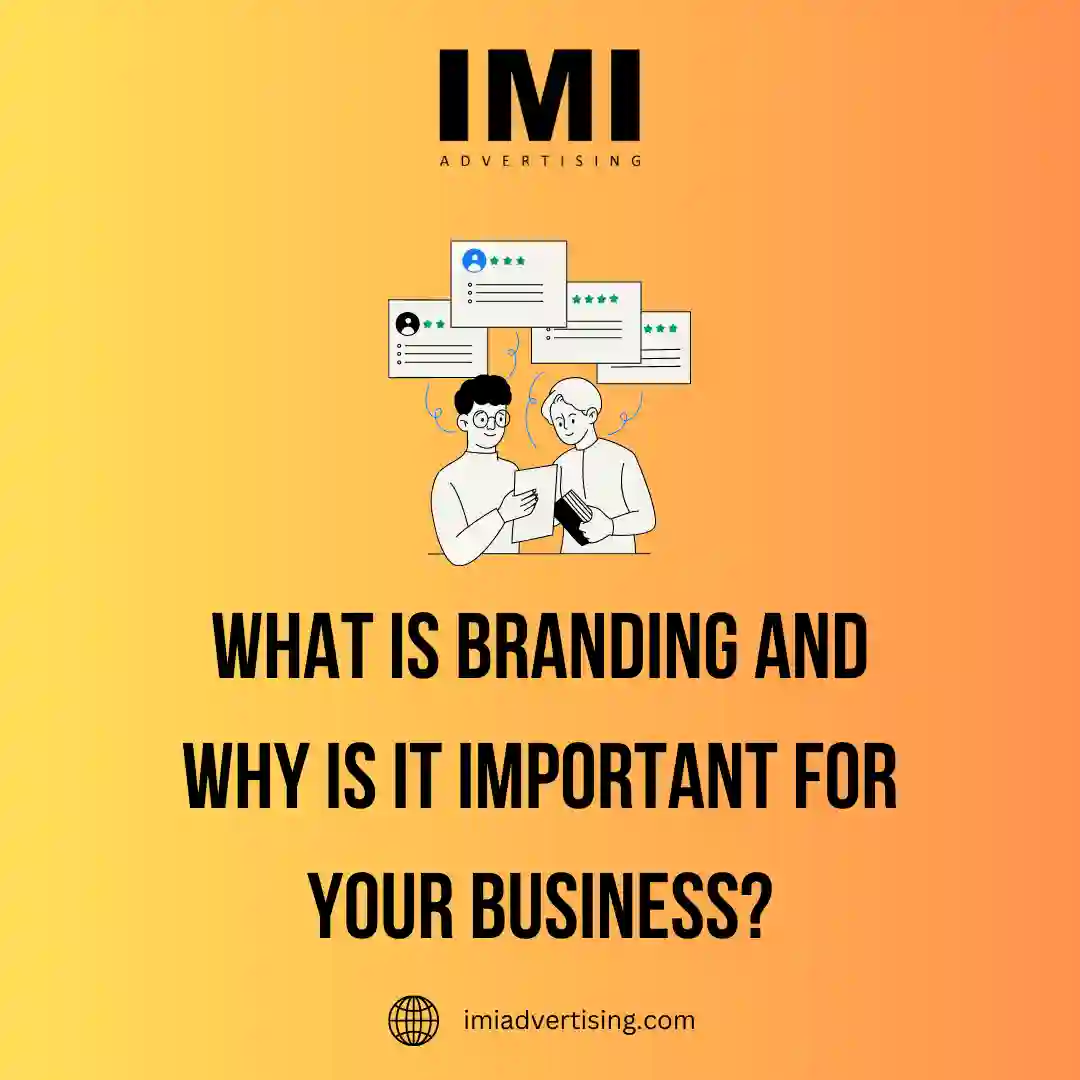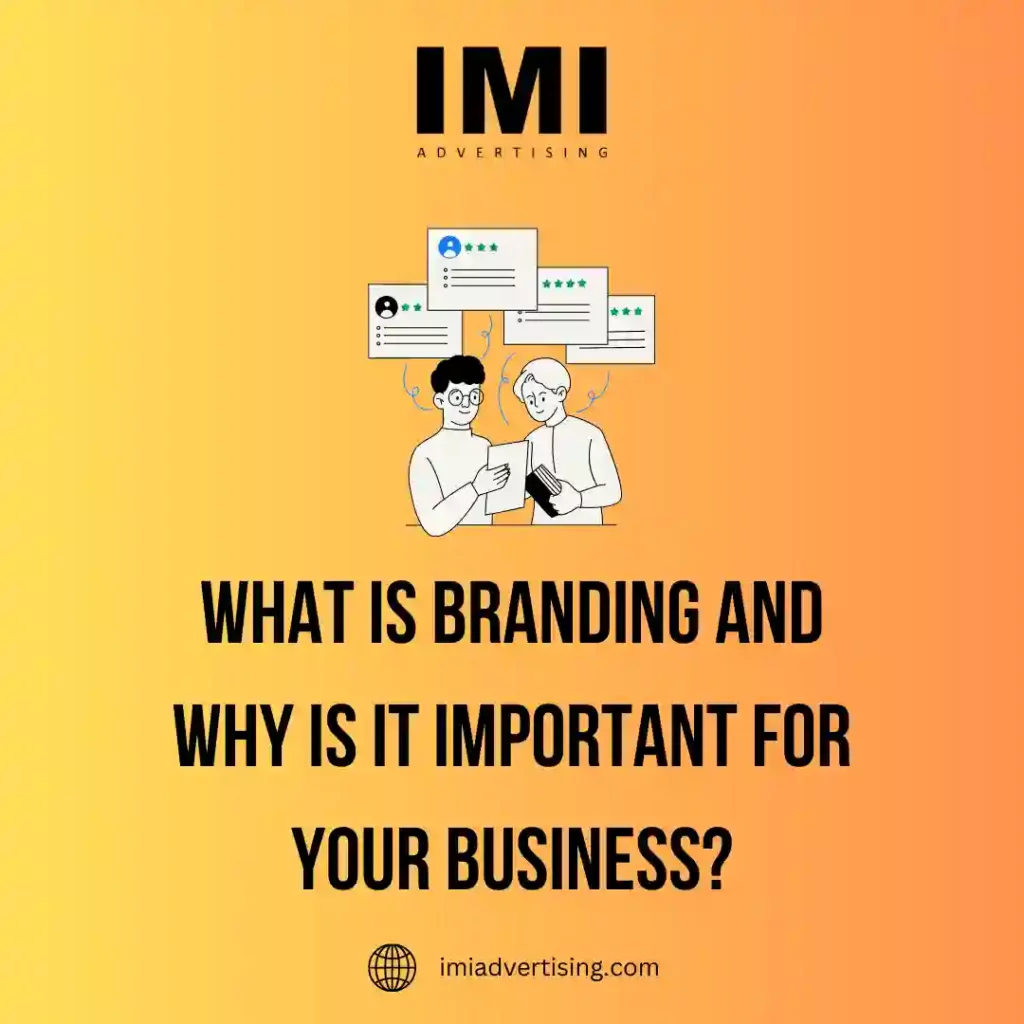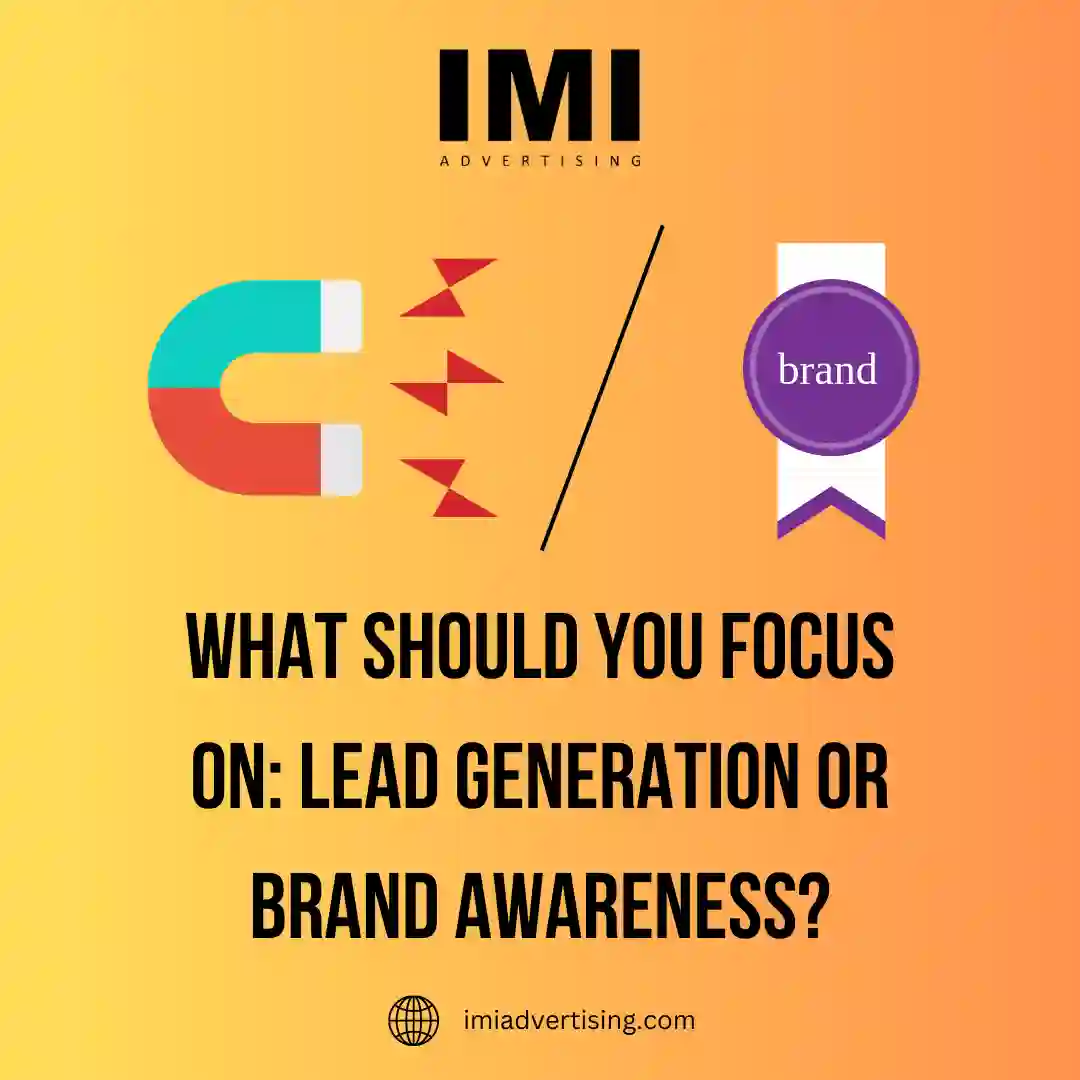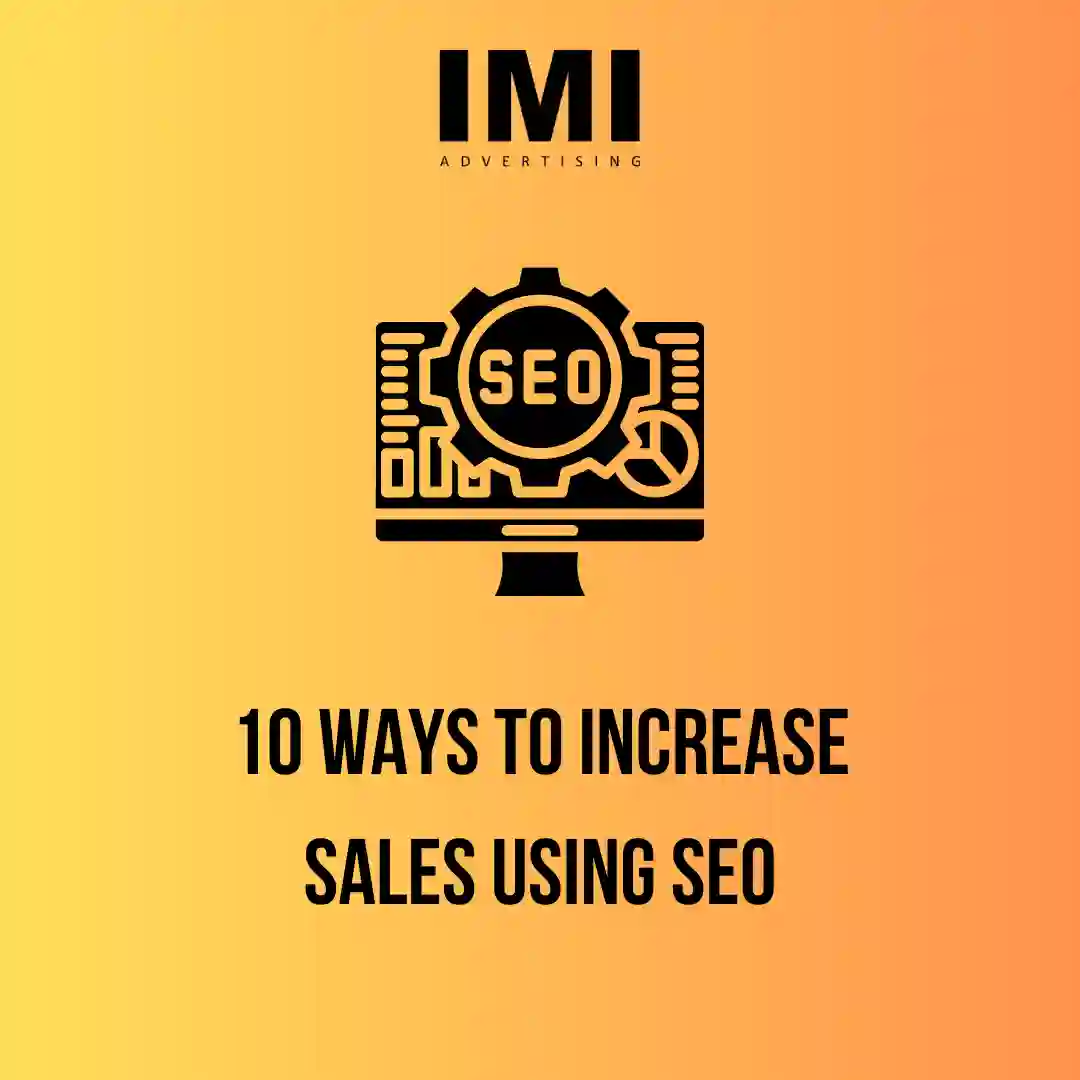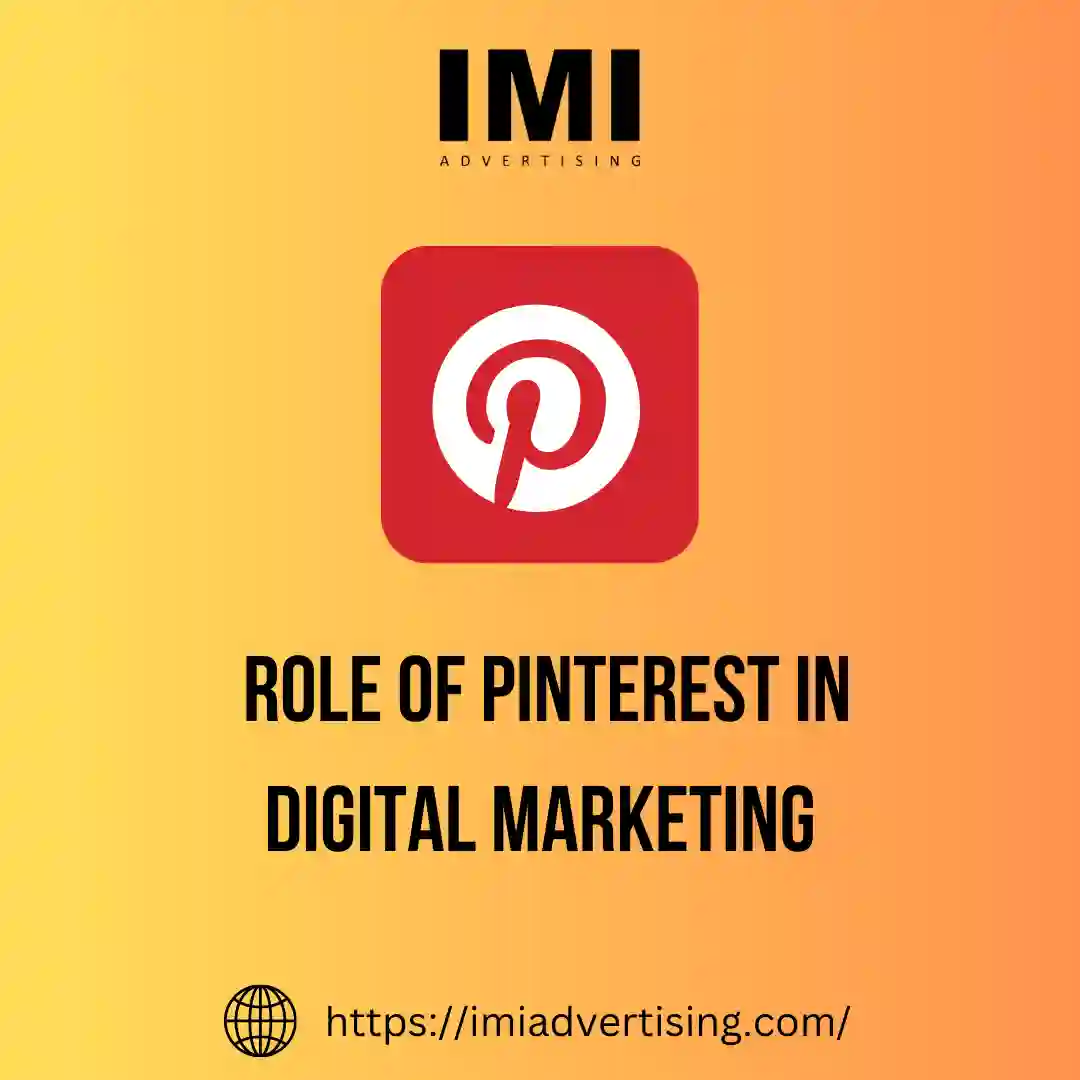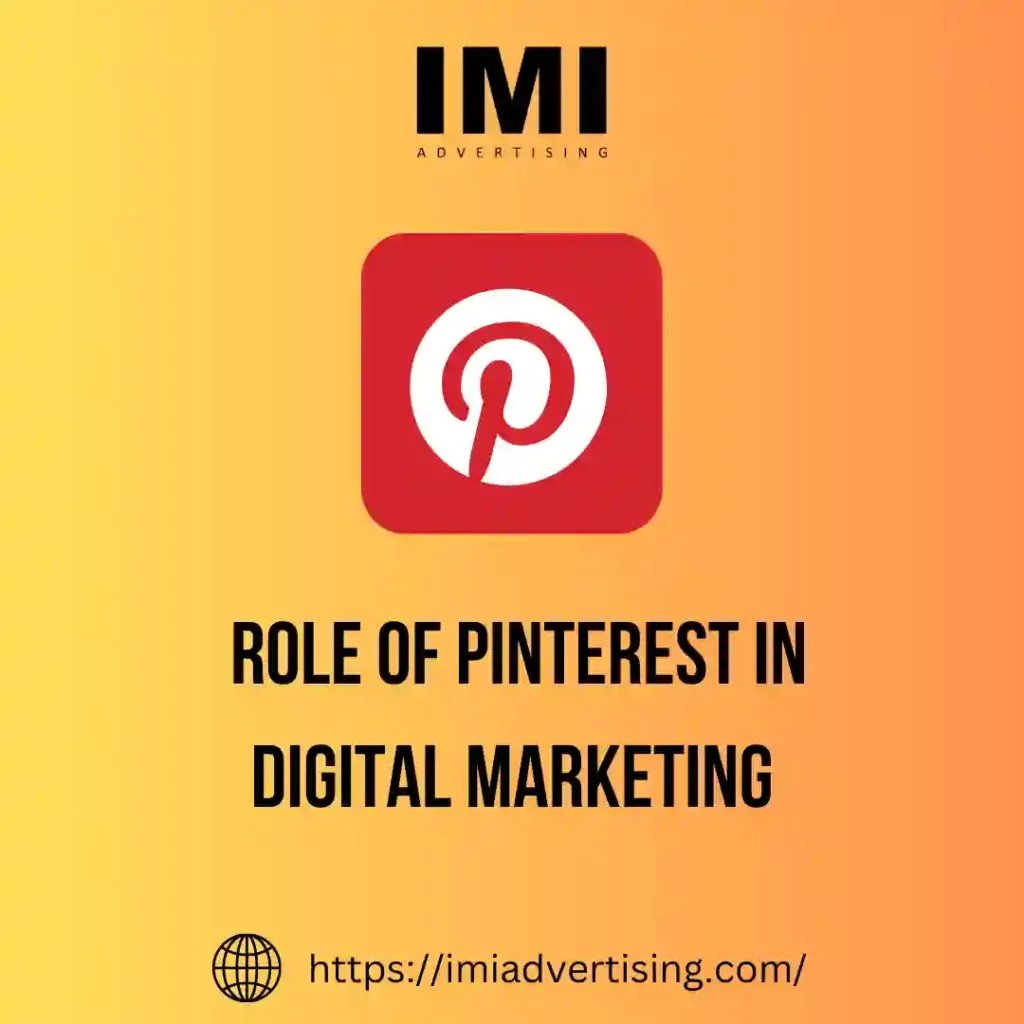The Crucial Role of Content Freshness in SEO: Ahmedabad's Best SEO Company

In the ever-evolving landscape of digital marketing, staying ahead in the SEO game is imperative for businesses seeking online success. One of the key factors that can significantly impact search engine rankings is the freshness of content. Search engines, like Google, priorities delivering the most relevant and up-to-date information to users. As a result, regularly updating and refreshing your website content becomes crucial for maintaining and improving your SEO performance.
What is SEO?
SEO, or search engine optimization, is the process of improving a website so that it appears in search results when users look for related information or services. From practical experience, effective SEO focuses on user intent, creating helpful content, improving site structure, and ensuring smooth performance. When done correctly, SEO drives relevant traffic that is more likely to engage and convert.
SEO is a gradual process that strengthens the visibility and credibility of a website over time. Rather than quick results, it relies on constant refinement based on user interactions and site performance to provide steady, long-term growth.
Why SEO Is Essential for Online Growth
SEO is not just about rankings, it’s about being visible when customers are searching. Real experience shows that businesses grow faster when their websites attract the right audience organically. As the best SEO company in Ahmedabad, we have seen how focused optimization improves traffic quality, user trust, and overall website performance.
What makes SEO essential is its long-term impact. Unlike paid marketing that delivers temporary results, SEO builds trust, authority, and steady growth over time. A well-optimized website continues to attract, engage, and convert users, making SEO a reliable foundation for sustainable online success.
Why Does Content Freshness Matter?
Search engines aim to provide users with the most accurate and recent information available. They recognize that user preferences and trends can change over time. Consequently, search algorithms favor content that is regularly updated, ensuring it remains relevant and reflects the latest industry developments.
Content freshness is not only about creating new pages but also involves updating and revising existing content. This demonstrates to search engines that your website is actively maintained and committed to delivering accurate, timely information to users.
Key Benefits of Content Freshness for SEO:
- Improved Search Engine Rankings:
Regularly updating your content signals to search engines that your website is active, relevant, and reliable. This can lead to higher search engine rankings, making it easier for users to find your website.
- Increased Crawl Frequency:
Search engine crawlers are more likely to revisit and reindex your website if they notice regular updates. This can result in quicker indexing of new content and better visibility on search engine results pages (SERPs).
- Enhanced User Experience:
Fresh and up-to-date content not only appeals to search engines but also enhances the overall user experience. Visitors are more likely to engage with a website that provides current and valuable information, which can reduce bounce rates and improve user satisfaction.
- Relevance to Current Trends:
Industries and trends evolve, and your content should reflect these changes. By keeping your content fresh, you position yourself as an authoritative source in your field, attracting users seeking the latest insights.
Choosing the Best SEO Company in Ahmedabad:
Now that we understand the importance of content freshness, finding the right SEO partner becomes crucial for businesses aiming to dominate the online market. Ahmedabad, a vibrant city with a booming business landscape, offers numerous SEO services. However, identifying the best SEO company requires careful consideration.
- Proven Track Record:
Look for an SEO company with a proven track record of success. Client testimonials, case studies, and examples of previous work can provide insights into the company’s capabilities.
- Customized Strategies:
It is important to tailor your SEO strategy to match the specific objectives and needs of your company. The best SEO company in Ahmedabad will take the time to understand your business and develop a customized plan accordingly.
- Transparency and Communication:
Choose an SEO partner that values transparency and maintains open communication. Regular updates and reports on the progress of your SEO campaigns will help you stay informed about the strategies being implemented.
- Industry Knowledge:
Given the dynamic nature of SEO, it’s essential to collaborate with a company that stays abreast of industry trends and algorithm updates. An SEO agency with in-depth industry knowledge can adapt strategies to keep your website ahead of the competition.
Final Thoughts
the significance of content freshness in SEO cannot be overstated. Regularly updating and refreshing your content is essential for maintaining a strong online presence and staying competitive in the digital landscape. When seeking the Best SEO company in Ahmedabad, priorities those that understand the importance of content freshness and can integrate it into a comprehensive SEO strategy tailored to your business needs. By doing so, you set the foundation for long-term online success.
| Website/Tool | Free/Paid | Link | Key Feature |
|---|---|---|---|
| ChatGPT (OpenAI) | Free & Paid (Pro) | ChatGpt | AI-powered tool to generate ideas, draft articles, and rewrite content quickly. |
| Grammarly | Free & Paid (Premium) | Grammerly | Improves grammar, readability, tone, and checks for plagiarism while writing. |
| Jasper AI | Paid | Jasper | Full package with stay, meals, transfers, festival access, and all major activities. |
Recent Posts
-
How to Boost Website Traffic Organically-Without Any Ad Spend26 Dec 2025
-
10 Proven Digital Marketing Strategies Every New Startup Needs to Grow22 Dec 2025
-
Top 10 Chrome Extensions Every SEO Expert Should Try in 202616 Dec 2025
-
Checklist for a Successful Google PPC Campaign: Insights from IMI Advertising11 Dec 2025
-
Proven Digital Marketing Tips to Grow B2B Sales in 202606 Dec 2025
Have Any Question?
- 093131 00658
- support@imiadvertising.com



